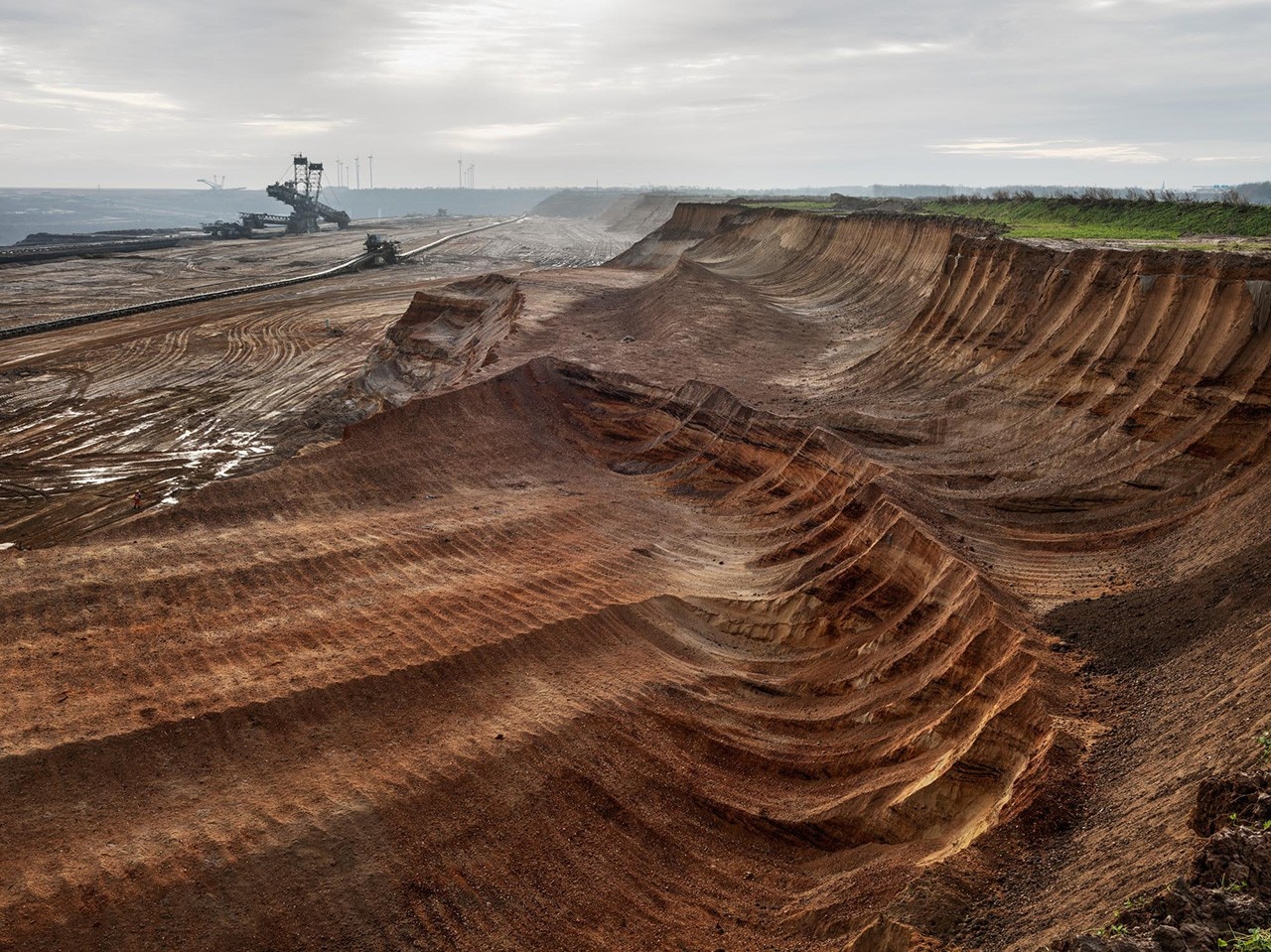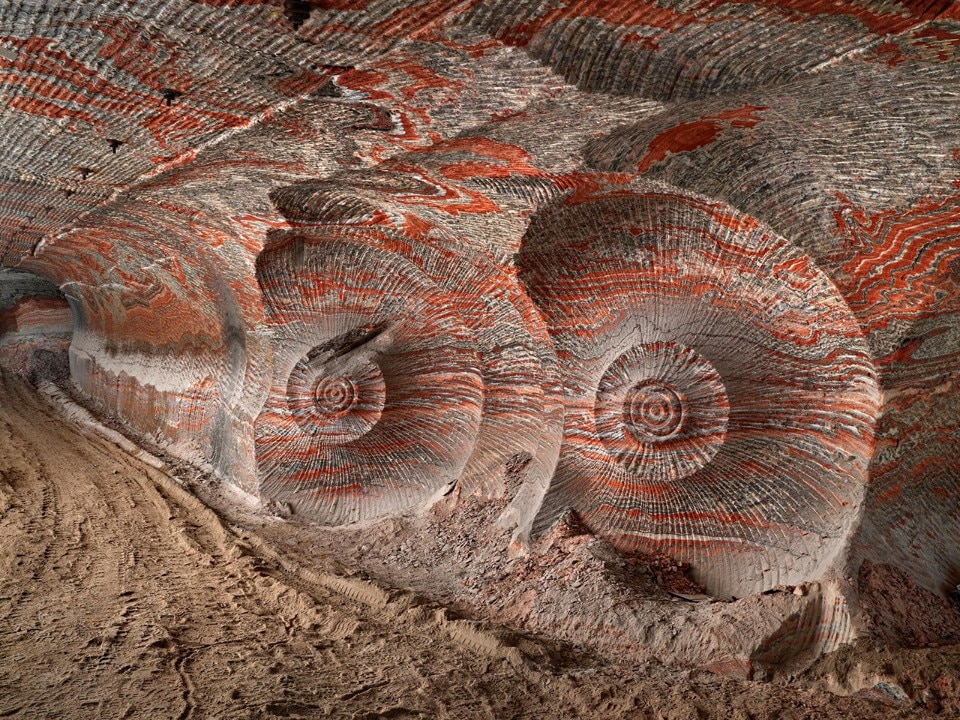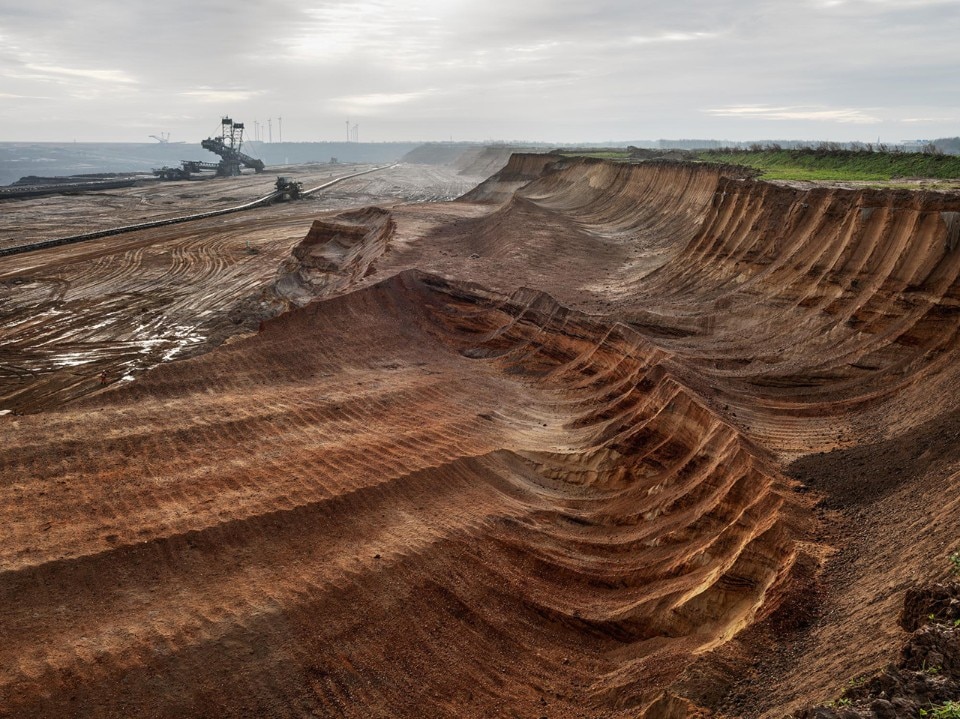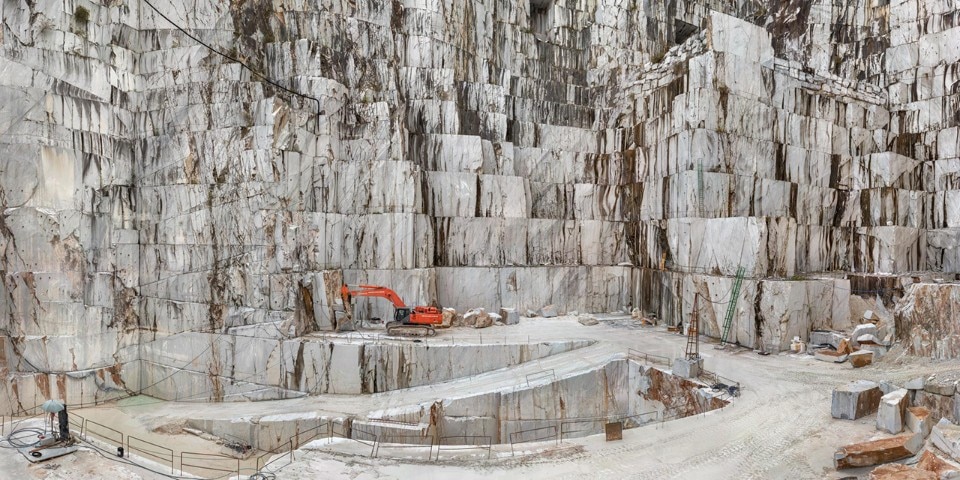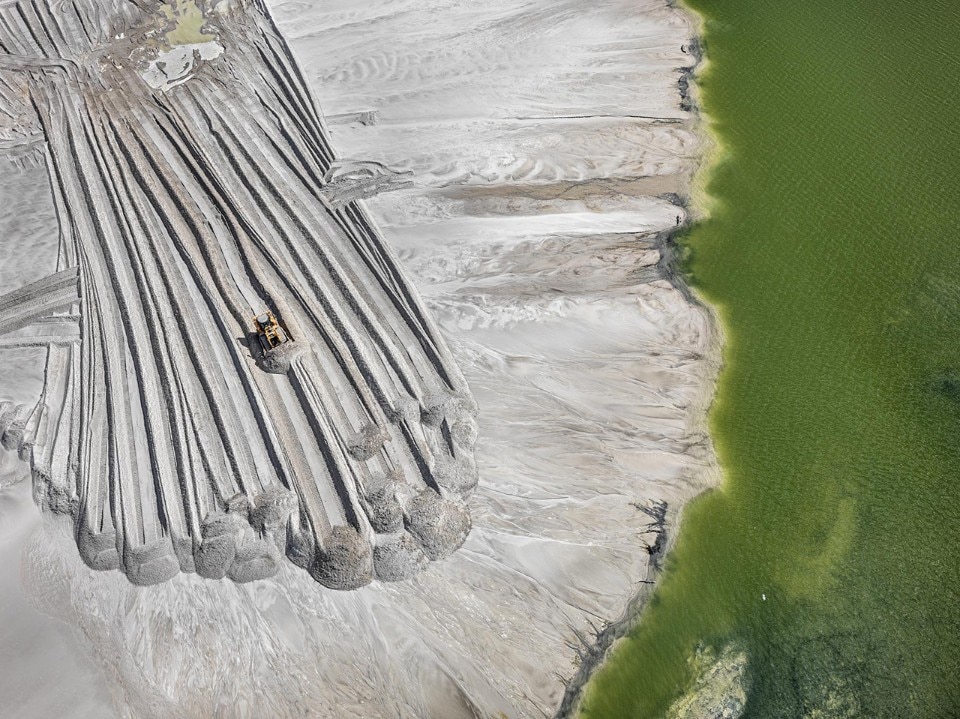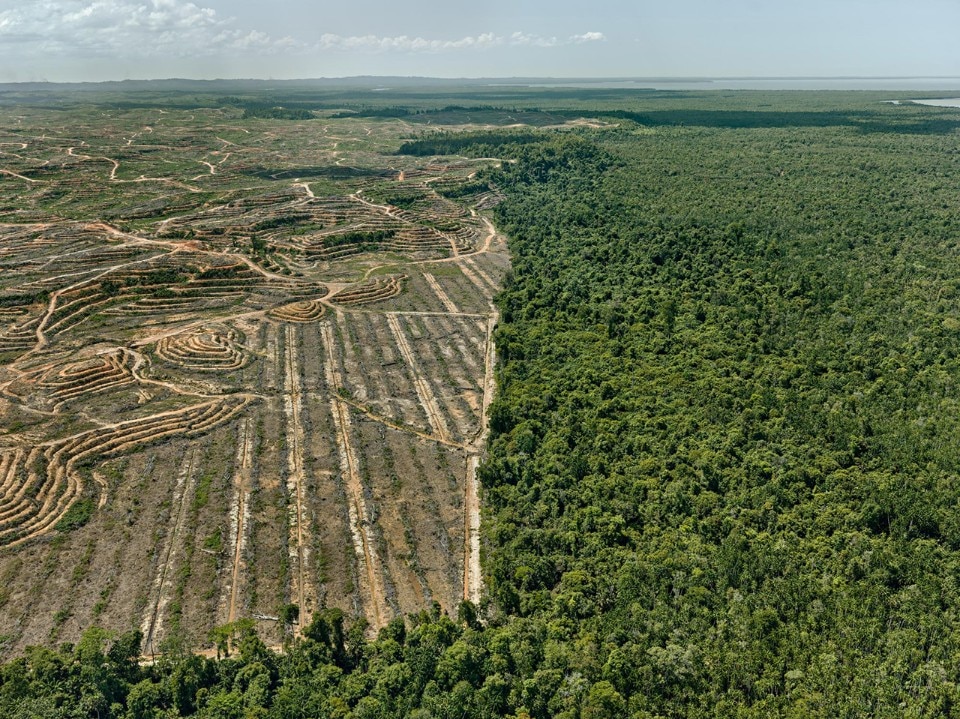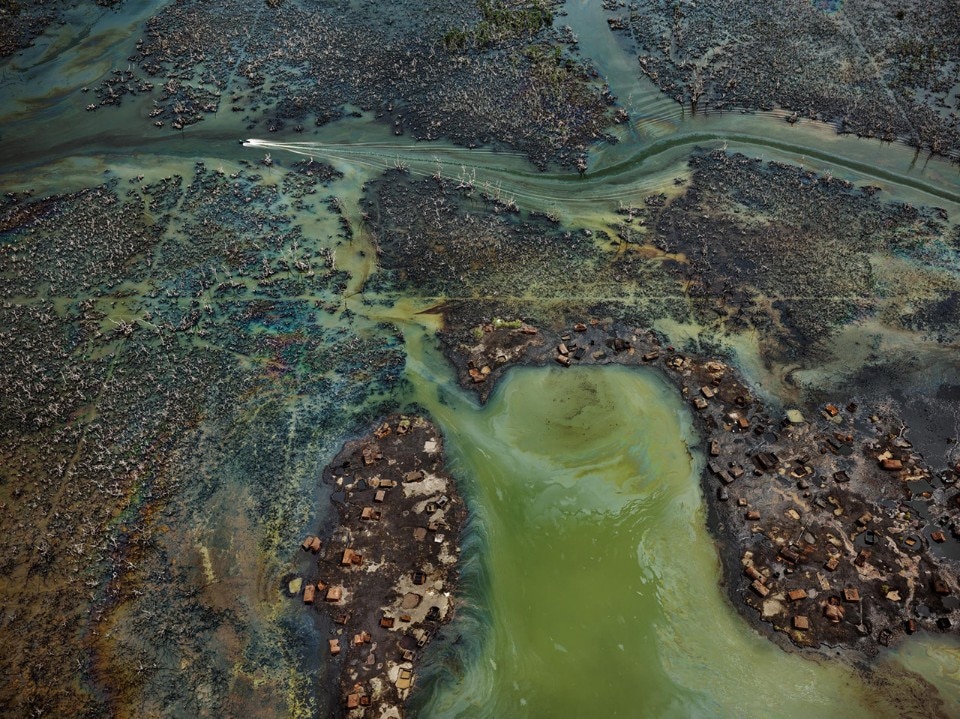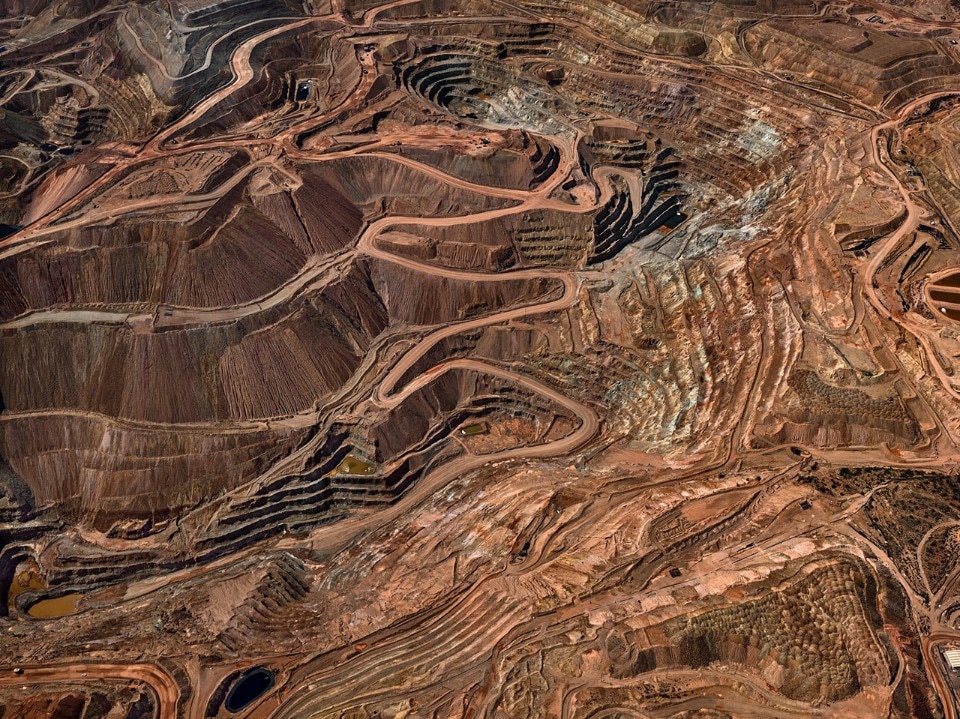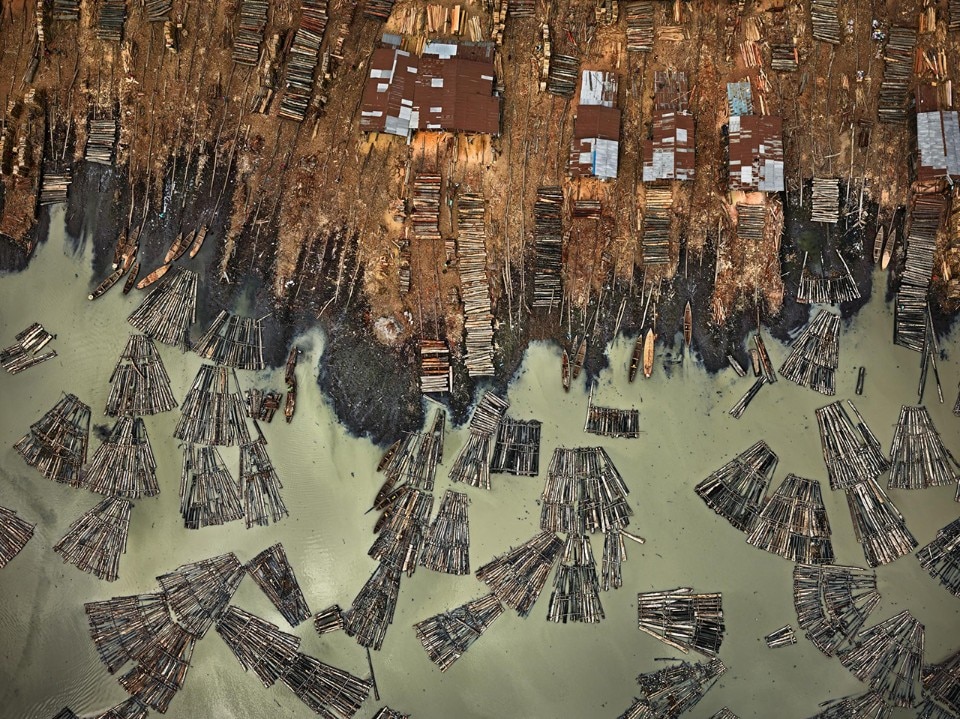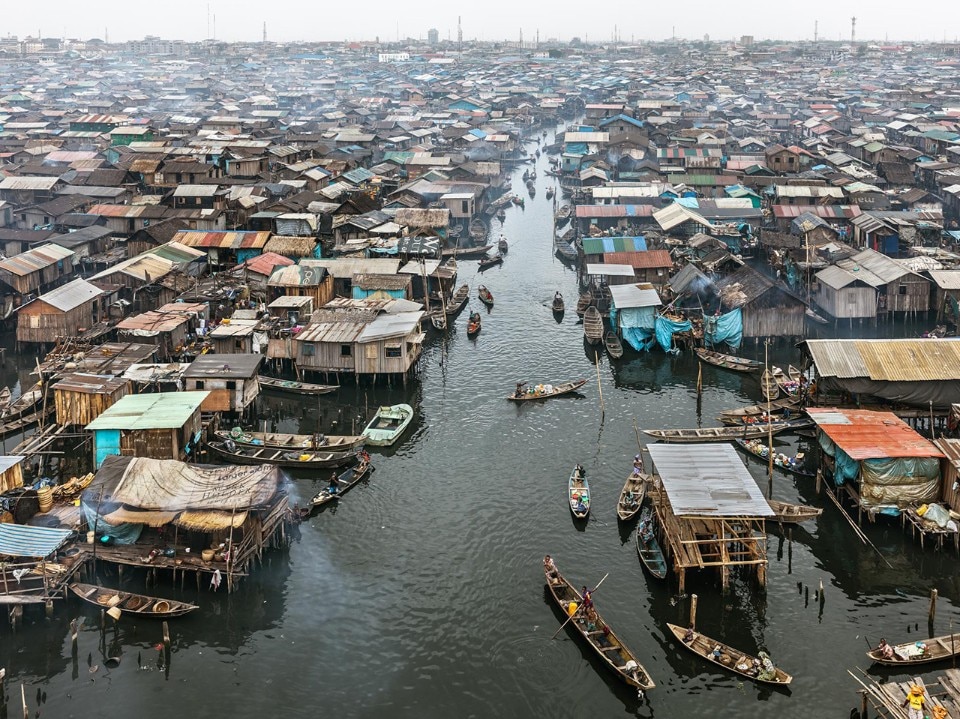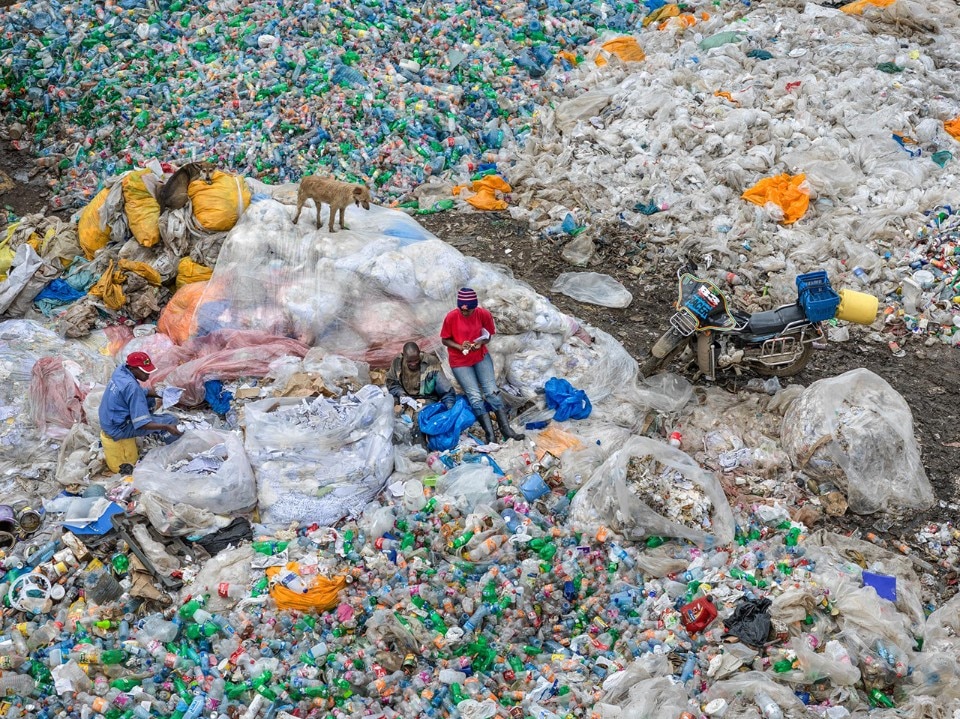Coined by biologist Eugene Stoermer in the ‘80s and popularized by Nobel Prize–winning atmospheric chemist Paul Josef Crutzen in 2000, Anthropocene is just the latest in a long series of terms that for more than a century have been attempted to synthesize in one world the geological epoch we’re living in: from the antrhopozoic era by geologist Antonio Stoppani in 1873 to the noosphere by the triad Vernadskij–Le Roy–Teilhard de Chardin (a geochemist, a philosopher–matematician and a priest–philosopher–paleonthologist–geologist) at the beginning of the last century, from the anthrocene by journalist Andrew Revkin in 1990 to the homogenocene by ecologist and zoologist Michael Samways ten years later, many experts more or less agree that the era we are living in is so influenced and modified by human activity that a distinction from Holocene, begun some 11700 years ago and still — or not — ongoing, is accordingly needed.
If in fact Holocene means entirely recent, more than one specialist think it’s important to underline how much the appareance of the Earth during the latest eight thousand years, from the agricoltural development to Internet passing through the First and Second Industrial Revolution, is a direct consequence of the actions of mankind, the main if not sole agent of the most massive transformations of the planet. So much so that an international staff of scientists, the Anthropocene Working Group, is actually at work in order to collect stratigraphic proofs of this literally epoch–making change and therefore formalize the use of this neologism.
On the basis of this research, in a multi–disciplinary and by now establishing method that combines art and science, famed photographer Edward Burtynsky and prize–winning video documentarists Jennifer Baichwal and Nicholas de Pencier have joined forces to conceive Anthropocene, a multimidia experience that includes a photographic exhibition, a movie, various video–installations and three photogrammetries to be enjoyed through augumented reality.
After the film premiere at Toronto International Film Festival and the debut of the exhibition at Art Gallery of Ontario, again in Toronto, and at National Gallery of Canada in Ottawa late in 2018, MAST, Manifattura di Arti, Sperimentazione e Tecnologia in Bologna will now host this ambitious and evocative project for the first time in Europe from May 16th to September 22nd.
Recalling those — misterious and unexplicable — left by an extinguished or alien civilization, the signs that man draws on earth’s surface in his unstoppable evolutionary activity show an unintentional graphic quality, capable of conveying a beauty both fascinating and unsettling.
Through his lens Burtynsky, whose big pre–drone visions of a devastated and somehow unexpected world have already made us facing a dilemma between ethics and aesthetics, looks with scientific clarity and humanistic involvement at a dramatically evolving world, in doing so capturing also the tools by which mankind, risking of consuming it from the inside, is redesigning its own vital space.
Ural potash mines then become colossal fossils of colorful shells, while the North Rhine–Westphalia coal ones are like lands clawed out by a gigantic mythological feline; Carrara marble quarries and Florida phosphor tailings ponds seem off the scale pastimes of an ovesized and monomaniacal kid; and the unfamous Borneo palm oil plantations serve as metaphor of the boundary between civilization and naturalness, that moves ever more towards the edge of our very survival.


